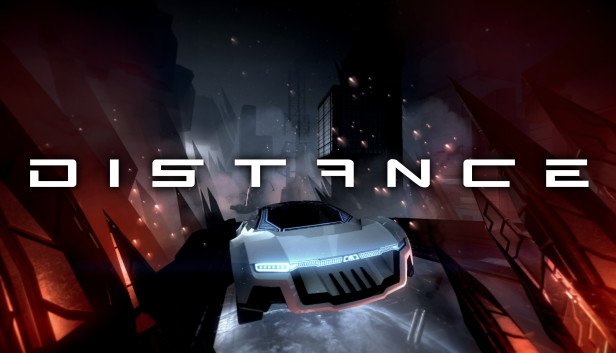
Why Distance’s 2025 Update Could Cement Its Status as a Racing Classic
Summary – Distance’s expansive 2025 update introduces fresh content and lasting replayability, marking a pivotal moment for this cult racing favorite.,
Article –
Distance, the critically acclaimed futuristic racing game developed by Refract, is set to receive a significant 2025 update that aims to deepen its gameplay and enhance its standing in the racing genre. First released in 2018, Distance has gained a loyal following due to its unique combination of arcade racing, platforming elements, and a distinct cyberpunk visual style. This upcoming update promises new tracks, improved customization, and overall quality-of-life enhancements aimed at boosting the game’s longevity and appeal to a wider audience.
Background & Build-Up
Developed by Refract, an indie studio renowned for its experimental gameplay ideas, Distance has cultivated a modest yet passionate community. The game stands out with core mechanics that transcend typical racing games: players navigate gravity-defying courses, perform intricate stunts, and unlock special abilities that merge platforming with high-speed racing challenges.
Key Details of the 2025 Update
The 2025 update brings a major expansion including:
- Over 20 new procedurally generated tracks to provide endless replayability.
- An expanded vehicle customization system with a broader parts catalog, allowing for deeper personalization of speed, handling, and aesthetics.
- Performance improvements ensuring a more consistent 60 FPS experience on mid-range PCs and consoles.
- Cross-platform multiplayer support across Steam, PlayStation, and Xbox, designed to grow the player base and reduce matchmaking times.
- Enhanced AI opponents, calibrated using years of player telemetry and feedback to deliver a challenging yet balanced experience.
Industry Impact
Distance’s steady growth and this ambitious update highlight the potential of indie studios to sustain niche gaming genres over the long term. Its hybrid of racing and platforming sets it apart from traditional simulation-heavy or monetization-focused arcade racers. By prioritizing accessibility, competitive balance, and a no pay-to-win approach, Distance exemplifies community-first game design.
The implementation of cross-platform multiplayer aligns with a growing industry desire to unify player communities regardless of device, a critical factor as competition for online players intensifies. Furthermore, the use of procedural generation for tracks represents a cost-effective way to maintain fresh content, potentially influencing the future direction of indie racing games.
Community Reaction
The player community has responded enthusiastically to early glimpses of the update, especially valuing the addition of procedurally generated tracks and expanded customization. Cross-platform play addresses a long-standing frustration with platform fragmentation. Some veteran players remain cautiously optimistic about AI changes, aware of the challenge balancing difficulty to satisfy both casual and hardcore racers.
Refract’s transparency and regular communication through dev blogs and live streams have strengthened community goodwill, fostering trust and sustained engagement from both casual and competitive players.
What’s Next?
After the update’s deployment, Refract will closely analyze player data to fine-tune matchmaking and balance vehicle abilities. Given Distance’s experimental roots, future expansions may introduce esports integrations or event-based challenges to further capture competitive audiences. The studio’s commitment to avoid microtransactions and ensure fair monetization could help Distance become a sustainable alternative in the racing esports scene.
Overall, Distance stands as a valuable example of how indie racing games can thrive through innovation, active community involvement, and smart update strategies. The gaming world will be watching closely to see how the 2025 update impacts player growth and whether other titles follow its lead in cross-platform play and procedural content generation.